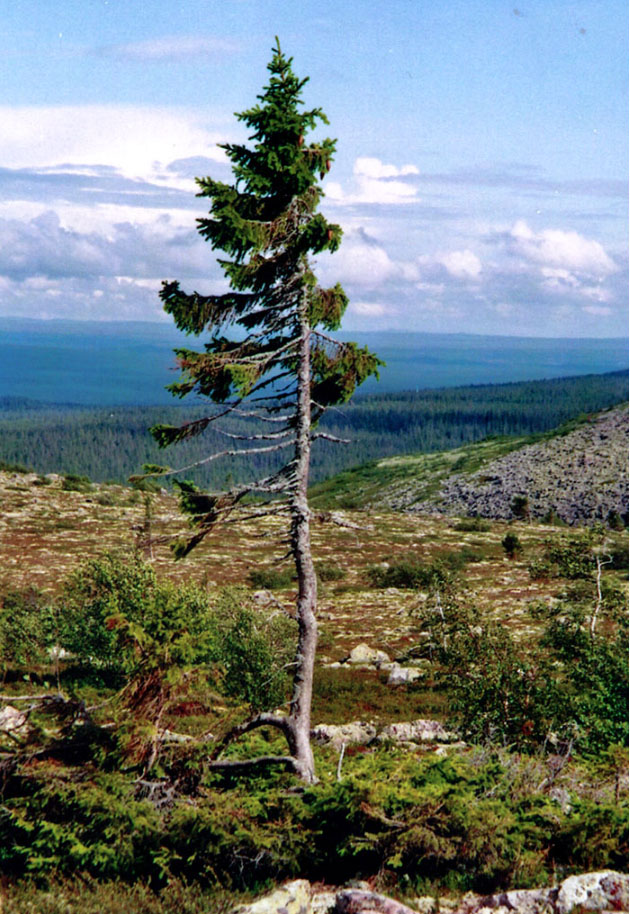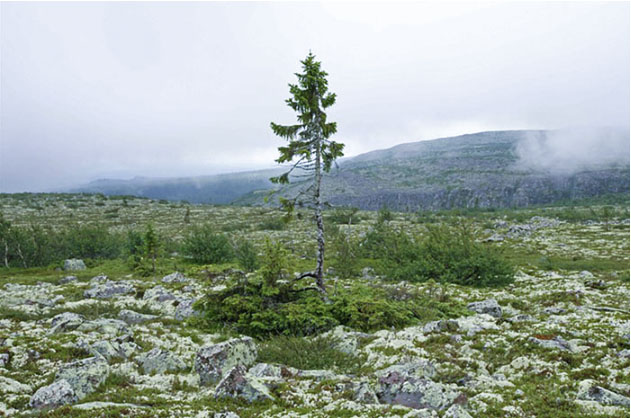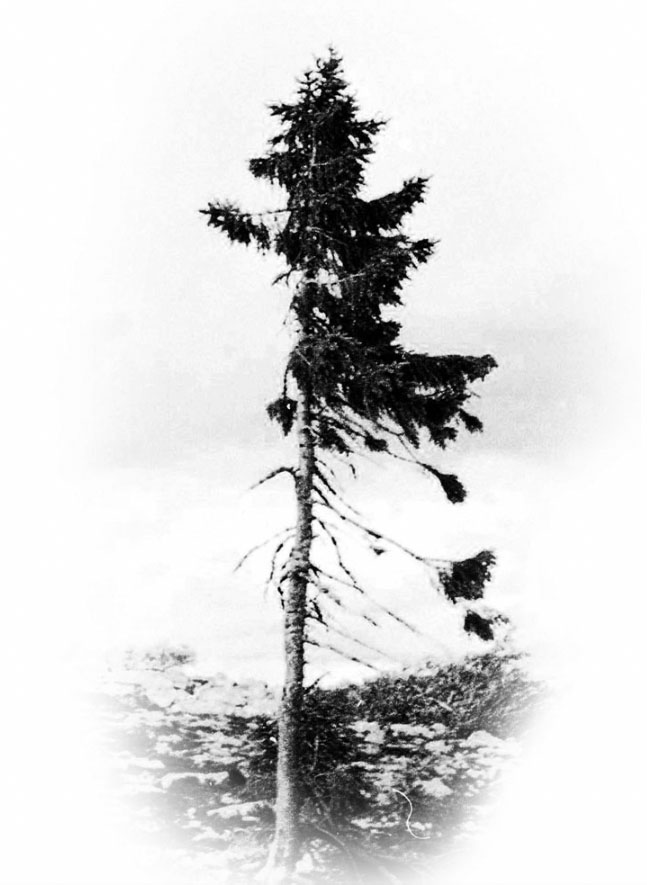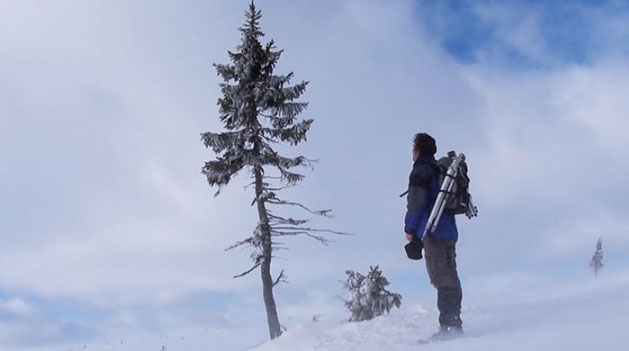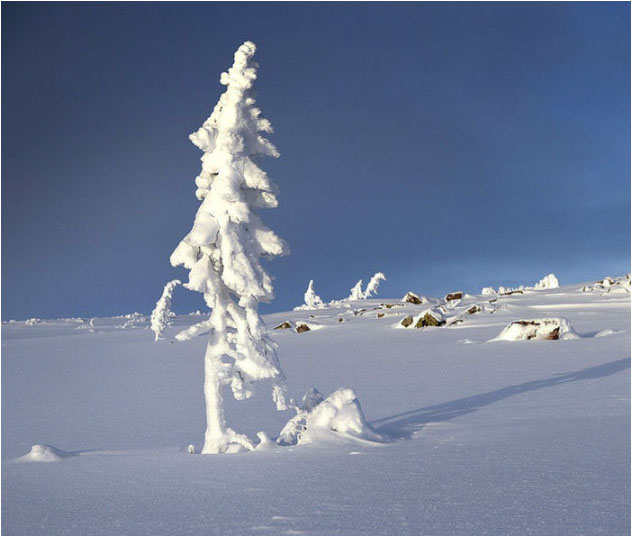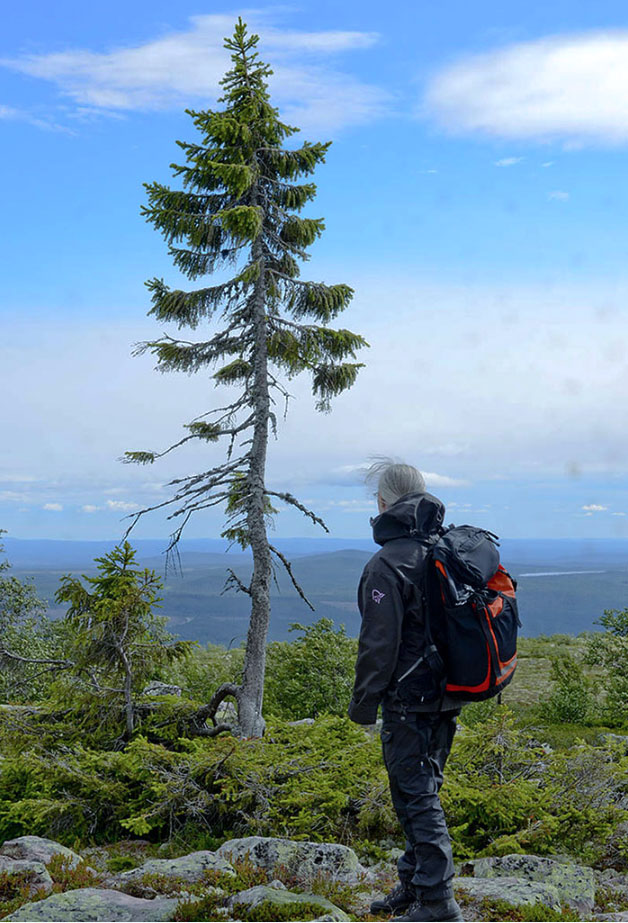Did you know The underground city of Naours, located in the Picardy region of northern France, is an extensive complex of tunnels and underground rooms dating back to the Middle Ages. This underground shelter, known locally as “many”, was used by the area’s inhabitants to protect themselves from invaders and war conflicts, such as the Norman invasions and religious wars.
The complex consists of approximately 300 rooms and a series of galleries, chapels, stables and ventilation shafts stretching for about 3 kilometers. Allied soldiers also used Naours as a shelter and resting place during World War I. On the walls of the galleries, you can find numerous inscriptions and graffiti made by these soldiers.
The site has been the subject of archaeological and tourism studies, providing a fascinating insight into underground life and the survival strategies employed by medieval and Great War communities. Today, Naours is a tourist attraction that offers guided tours, allowing visitors to explore and better understand this incredible underground network.
9,500-Year-Old Tree Found in Sweden Is The World’s Oldest Tree.
Sweden is home to the world’s oldest tree, a remarkable Norwegian Spruce known as “Old Tjikko,” which has been growing for an astonishing 9,500 years. This ancient tree, named after Professor Leif Kullman’s beloved Siberian husky, continues to thrive even today. The discovery of Old Tjikko took place in 2004 when Professor Kullman, a distinguished expert in Physical Geography at Umeå University, stumbled upon this living relic. To determine its age, carbon-14 dating was employed.
According to Professor Kullman, during the ice age, the sea level was significantly lower, approximately 120 meters below its present position. This led to the formation of vast forested areas that extended between England and Norway, where the North Sea exists today. Due to the harsh combination of strong winds and freezing temperatures, Old Tjikko developed a unique growth pattern resembling that of a bonsai tree. This miniature-like appearance has contributed to its exceptional longevity, as larger trees are unable to reach such an advanced age.
Old Tjikko stands as a testament to the resilience and adaptability of nature, defying the passage of time and the challenges posed by changing environments. It serves as a living reminder of the ancient past, preserving the memories of a world long gone. This remarkable discovery continues to inspire awe and wonder, shedding light on the incredible history of our planet and the enduring beauty of its natural wonders.
More info: National Geographic (h/t: mymodernmet, aftonbladet)
